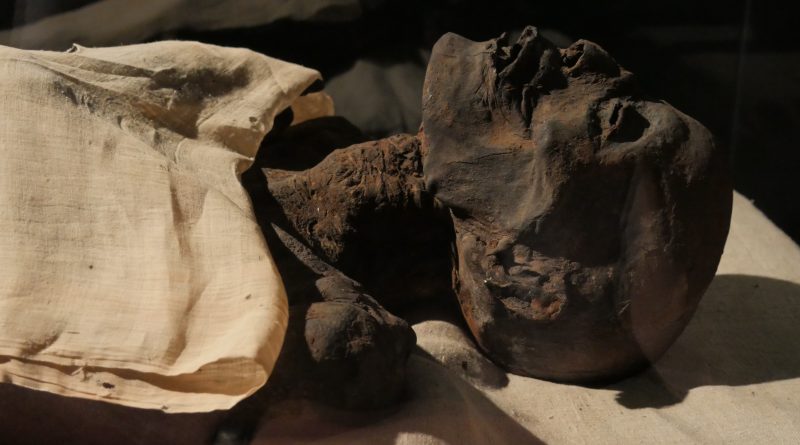
Empire Builders – Ancient Egypt
Rising to prominence in North Africa along the fertile valley of the river Nile, ancient Egypt prospered and grew to become one of the world’s earliest and greatest civilisations.
In this episode of Empire Builders we travel through time to appreciate 3000 years of ancient Egyptian history through the amazing stories of ten of its most famous and spectacular buildings. It’s a journey of discovery that will take us to ancient Egypt’s greatest pyramids and obelisks, and its most magnificent temples and tombs.
Fishing boat on the Nile
Our story starts 100 years or so before the building of the Great Pyramids of Giza.
Nearly 5000 years old, and over 200 feet high, the Step Pyramid beneath which the Pharaoh Djoser was buried, is undoubtedly one of ancient Egypt’s most significant and magnificent monuments.
Taking perhaps 20 years to build, Imhotep’s Step Pyramid was a remarkable achievement, of both imagination and construction, but within less than a hundred years the ancient Egyptian architects went much further.
Over 4500 years old, the Great Pyramid of Giza is almost certainly the world’s most famous and recognisable ancient monument.
One of the 7 Wonders of the Ancient World, it’s the only one still standing. Originally nearly 500 feet high, well over twice the height of the Step Pyramid, remarkably it was the world’s tallest building for over 3500 years until the building of medieval cathedrals.
But then a thousand years later, at the height of ancient Egyptian civilization’s power and magnificence, the pharaohs came up with a different idea to protect their tombs and the fabulous treasures buried within them.
In a hidden gorge, today known as the Valley of the Kings more than 20 pharaohs over a period of 500 years were buried in secretive rock-cut tombs, whose entrances were covered up to prevent tomb-robbers from finding them. But as it turned out, all of the pharaohs’ tombs here were found and robbed of their treasures – all that is, except one.
After remaining successfully hidden for thousands of years, the entrance to the pharaoh Tutankhamen’s Tomb was finally discovered by British archaeologist Howard Carter in November 1922.
During his lifetime, Ramesses the Great constructed more spectacular monumental buildings than any other pharaoh. Perhaps the most famous of all the temples he built is located in the remote far south of Egypt, close to the border with Sudan.
A dramatic rock-cut temple carved out of a cliff face on Egypt’s southern border, Abu Simbel was in principle dedicated to the ancient Egyptian sun god Re-Herakhte, but the most dominating aspect of the temple by far are its four gigantic statues of Ramesses the Great, which are each over 60 feet tall.
In addition to Abu Simbel, Ramesses the Great constructed many other magnificent temples throughout Egypt, but he built probably the greatest of them all in ancient Egypt’s capital city of Waset, today known as Luxor.
Luxor today is just a medium-sized provincial town, but back in its ancient heyday from around 1500 to 1000 BC, it was one of the biggest, wealthiest, and most powerful cities in the world. At the centre of the great city, Luxor Temple was reached along a grand avenue of sphinxes nearly two miles long.
Located in Ancient Egypt’s capital, near Luxor Temple, Karnak Temple was built over a period of more than 1000 years. Constructed on a massive scale, the temple was at the centre of a vast religious complex covering more than a square mile.
Although Edfu Temple was built over 1000 years later than Luxor Temple, and most of Karnak Temple, for example, it still has very recognisably the same traditional ancient Egyptian architectural design. What makes Edfu Temple unique is how well its interior, in particular, has been preserved. Still covered by its original roof, it provides the best idea we can get of how a temple would have looked in ancient Egyptian times.
By the 6th Century AD, all of ancient Egypt’s pagan temples and cult centres had been destroyed or closed down – all that is, except one temple, which was the very last place in Egypt where the ancient gods were worshipped.
Philae Temple, Aswan
Beautifully located on a small island in the middle of the Nile near Aswan, close to ancient Egypt’s southern border, Philae Temple was dedicated to one of the country’s most important deities – the goddess Isis. The last major temple in Egypt where the ancient gods were worshipped, Philae was transformed into a church in around 536 AD.
Christian crosses were carved instead of reliefs of the ancient gods, and the Christian Eucharist was celebrated at this altar set up in the ancient temple’s entrance hall. With worship of the ancient Egyptian gods now forbidden throughout the land, Egypt’s historic hieroglyphic language was also shunned and forgotten.
Credits
with special thanks to
EGYPTIAN TOURISM AUTHORITY
*
with thanks to:
EGYPTAIR
ASTONISH TRAVEL, LUXOR
SONESTA ST GEORGE HOTEL, LUXOR
LE MERIDIEN PYRAMIDS HOTEL, GIZA
BASMA HOTEL, ASWAN
*
fixer:
AHMED MOSTAFA FINGAN
